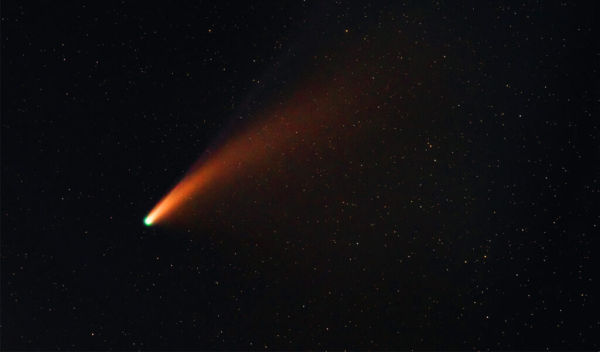
Astronomers worldwide are tracking 3I/ATLAS, the third confirmed interstellar object, currently traversing our solar system. Larger and faster than its predecessors Oumuamua and 2I Borisov, the comet offers a rare opportunity to study materials from beyond our star system.
Published Date – 14 September 2025, 04:00 PM
Hyderabad: For the average person, the words ‘3I/ATLAS’ might not mean much, but for scores of stargazers in Hyderabad, amateur astronomers and researchers worldwide, these words have captured their imagination and attention for the past few months.
For the uninitiated, 3I/ATLAS is most likely a comet, but its uniqueness lies in the fact that it is only the third confirmed interstellar celestial object to have originated from another star system, and is right now hurtling through our solar system, the Milky Way.
What has fascinated astronomy lovers and hard-core astronomers alike is the rare opportunity that 3I/ATLAS provides, which is, a possibility to learn about the composition and environment of other star systems.
Before 3I/ATLAS, there were two other interstellar objects, Oumuamua, the elongated object that did not show cometary activity and 2I Borisov. However, unlike its two predecessors, 3I/ATLAS is significantly larger, estimates put its size at 20 kilometers. It is also travelling at an incredible speed of 2, 10, 000 kilometers per hour, which makes it the fastest object ever recorded visiting our solar system.
Discovered on July 1, 2025 by researchers from the ‘Asteroid Terrestrial-impact Last Alert System’ (ATLAS) survey telescope in Chile, the interstellar object quickly became a subject of intense scientific study.
At present, all major astronomy groups, telescopes and observatories, both in Earth and even in Spac, including the Hubble Space Telescope and James Webb Space Telescope, are under use to observe and study 3I/ATLAS.
What are the initial observations and conclusions?
Unlike Oumuamua, 3I/ATLAS is displaying typical characteristics attached to a comet. As 3I/ATLAS has approached closer to our Sun, its icy core has heated up and has created a glowing cloud like dust and a tail, which is typical of a comet. Due to this activity, there is overwhelming consensus among astronomers and researchers from various agencies that 31/ATLAS is indeed a natural comet but interstellar in nature.